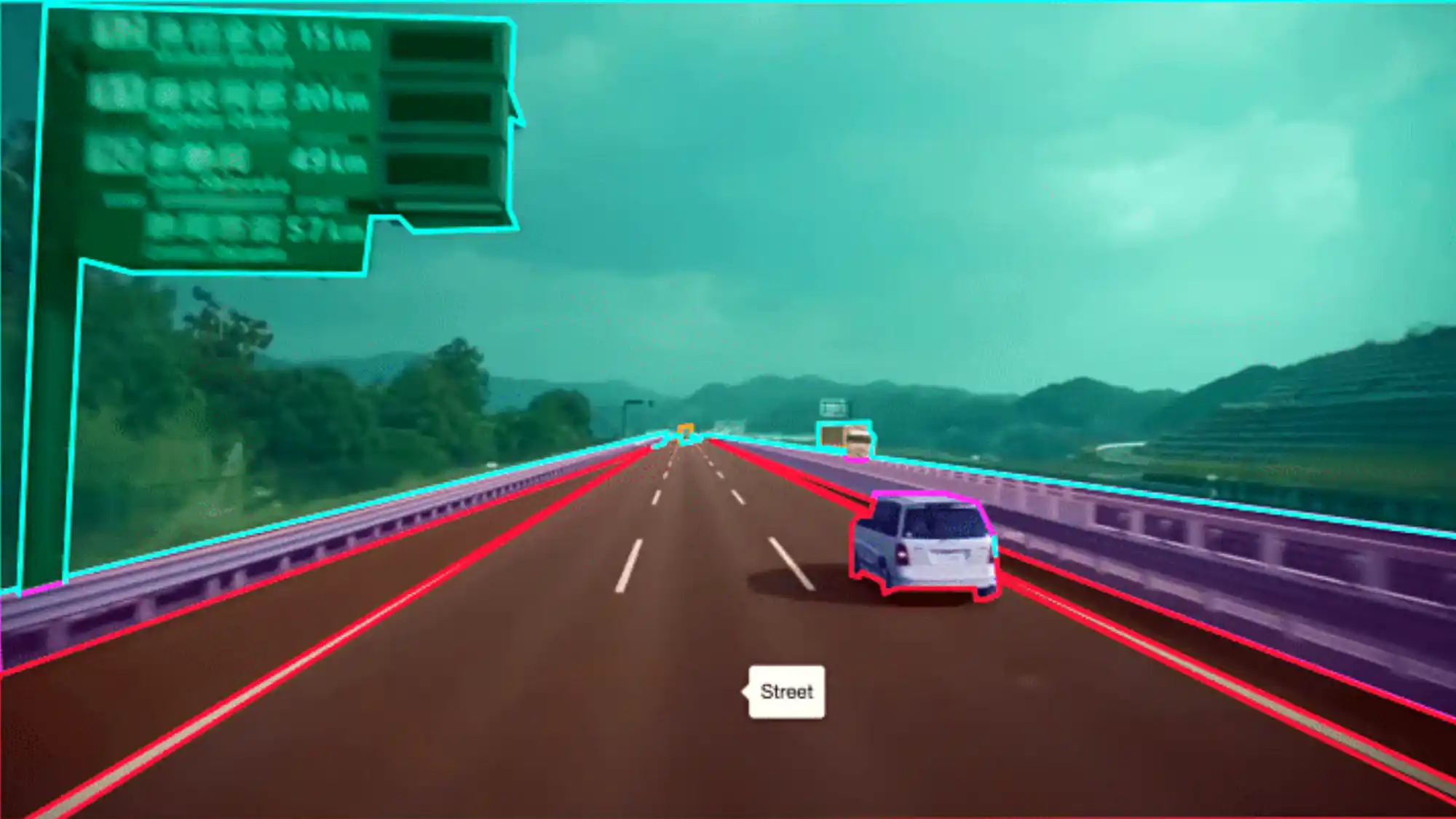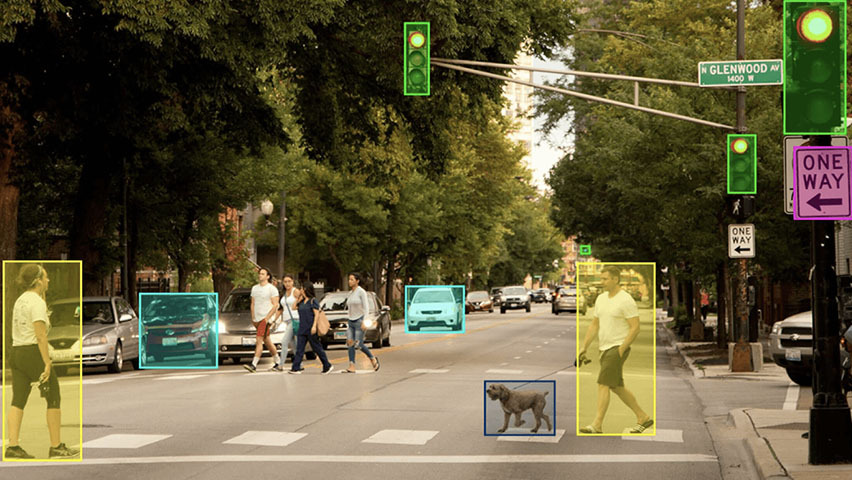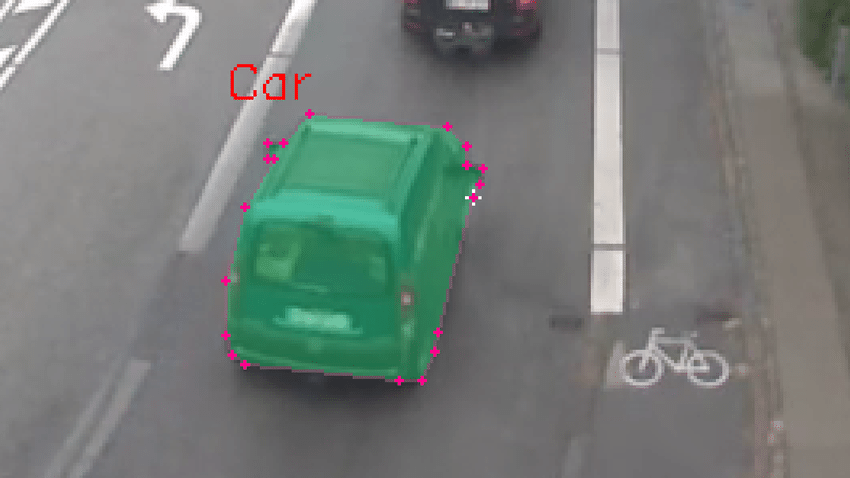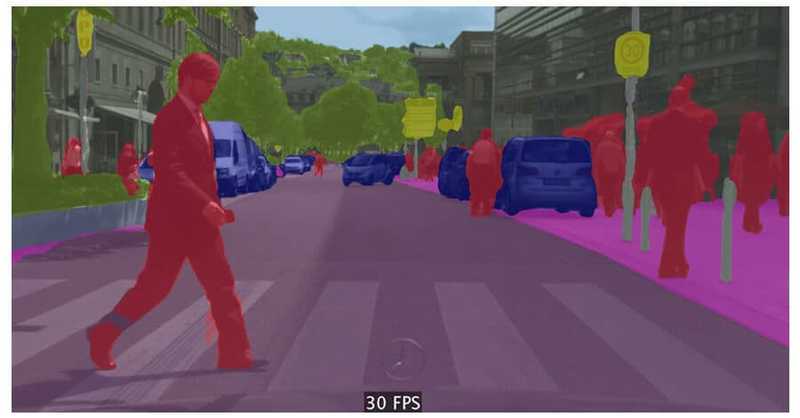Labellerr: amazing tool for video segmentation & annotation

An important tool with many benefits for business and research is video annotation. Although video annotation has been already accepted by a number of industries, the list of its applications is constantly expanding, and new applications for computer vision are regularly identified. It is crucial to pay enough attention to the advancement of computer vision via video annotation since video annotation is a crucial component of contemporary technology-driven systems.
About video annotation
The technique of annotating videos, also known as tagging them, is called video annotation. The fundamental goal of video annotation is to facilitate the identification of items in videos by computers using AI-powered algorithms. An accurate reference database can be produced from properly annotated movies that computer vision-enabled systems can utilise to recognise items like people, cars, and animals with great accuracy. It is impossible to overstate the significance of video annotation given the growing number of everyday tasks that depend on computer vision.
Different approaches to video annotation
There are numerous strategies for annotating videos. The type of video being annotated and the intended use of the annotated data will determine the best approach for applying labels during a particular annotation project. Want to know more: What is data labeling and how many different types of it are there?: read here
Some techniques for annotating include:
1. Bounding boxes
Drawing a box around a particular object or image in a video is known as "bounding a box" in the context of video annotation. The box is then annotated so that when related objects appear in videos, computer vision tools can recognise them automatically. One of the most popular techniques for video annotation is this one.

2. Polygon annotation
While bounding box annotation and polygon annotation are comparable, polygon annotation can be used to identify more complicated objects. Any item can be annotated using polygons, regardless of shape. Houses are a good example of an object with an abstract shape that fits this type of video annotation.

3. Semantic segmentation
A person known as an annotator separates objects into their component pieces in semantic segmentation, a type of video labelling. When working with many videos, annotators can cooperate to produce work of a high standard more quickly. Then, each of these component parts is annotated or labelled separately so that computer vision-enabled systems can quickly identify the particular parts that make up a unit.

4. Key point annotation
This style of annotation highlights the salient features of a particular shape. The human face is just one of many shapes that can be used with key point annotation because it is so flexible. Key point annotation enables computer vision systems to do the classification of things based on important landmarks by marking the outline of a particular object.

5. 3d cuboid annotation
The primary function of polyline annotation is to teach computer vision or artificial intelligence. Polyline annotation allows for the cordoning off of particular regions, limiting the scope of operation for computer vision systems.
6. Quick annotations
Large volumes of video can be swiftly annotated depending on predetermined project requirements using rapid annotation. Rapid annotation is best suited for computer vision training projects, and the labels that are immediately created can be utilised to swiftly and efficiently train systems. Rapid annotation can quickly analyse and label a large number of individual images.
Features you must look in video annotation tool
1. User-friendly annotation interface
To ensure that annotators are effective, a user-friendly video annotation and labelling interface is essential. Even when annotating lengthy videos, labelling and annotation of videos shouldn't take months to complete. In light of this, the following are the main characteristics you should search for in an easy-to-use annotation tool:
2. Navigation
A straightforward navigation tool is crucial when annotating lengthy videos. Annotators must be able to locate individual objects quickly, navigate between frames, and use labels to follow particular objects as they move.
3. Effective manual annotation work
Because of the software's user-friendly interface, annotators don't have to spend weeks getting to know it. By default, it ought to be simple to use. Work with manual annotation is facilitated by hotkeys and other features. When annotators aren't spending months manually labelling videos, organisations can make significant time, resource, and financial savings. If you have the proper annotation types at your disposal, annotation becomes much simpler.
4. High-tech video handling
Numerous issues with frame synchronization, ghost frames, fluctuating frame rates, and many others can make video annotation difficult. There are two things your video annotation platform needs in order to avoid these problems and make sure you don't loose days of labeling activity:
No length restriction: Most video annotation software has a length restriction, requiring you to split longer films into smaller ones before annotation can begin. You won't run into this issue with the best video annotation tools because they should be able to handle videos of any length.
Video pre-processing: Video annotation teams frequently struggle with frame synchronization issues, which can have a variety of root causes, including the browsers being used for the annotation process or varying frame rates throughout the video.
These issues are resolved through efficient pre-processing, which guarantees that a video is appropriately shown and prepared for annotation. Pre-processing allows you to prevent having to re-label everything if there is a problem with the video (such as sync frame problems, improper video presentation, improper frame matching, etc.), saving your annotation team many hours and a significant amount of money at the beginning of a project.
About Labellerr
Labellerr is a data training platform that offers a smart feedback loop that automates the processes that helps data science teams to simplify the manual mechanisms involved in the AI-ML product lifecycle. We are highly skilled at providing training data for a variety of use cases with various domain authorities. By choosing us, you can reduce the dependency on industry experts as we provide advanced technology that helps to fasten processes with accurate results.
Data labeling platform: how Labellerr stands out?: Read more here
Want to reach out to us, contact us at Labellerr.com

Simplify Your Data Annotation Workflow With Proven Strategies
.png)


